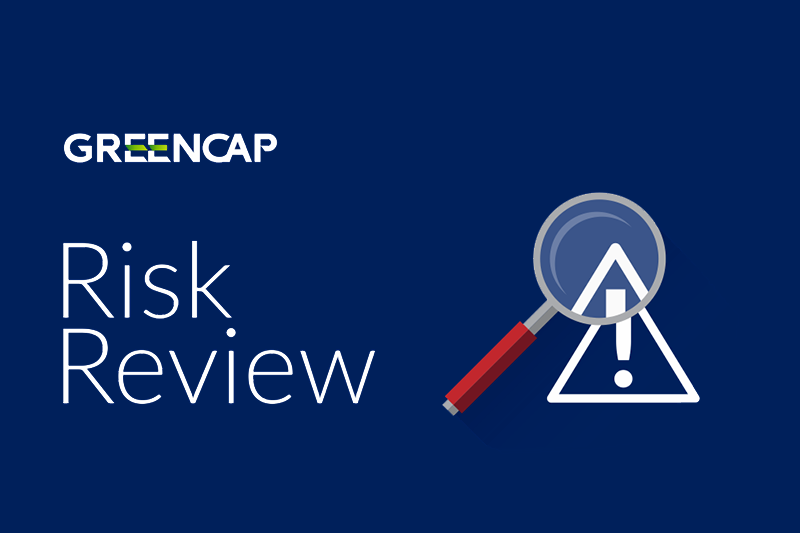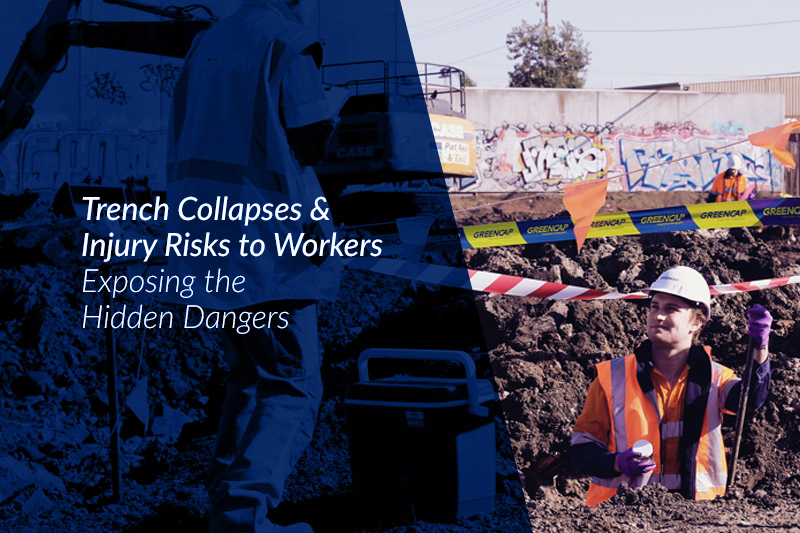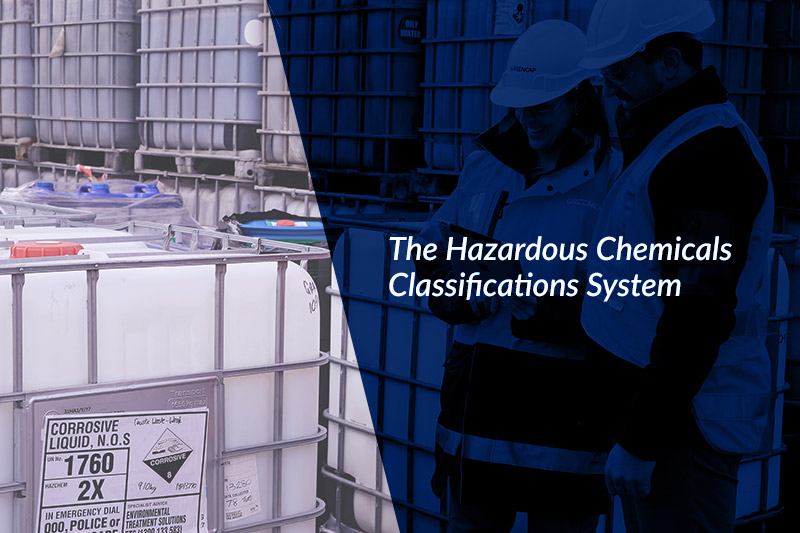News & Insights
Ensuring effective building compliance and emergency management when returning to the workplace
The changing face of building usage
Over the last two years, extensive lockdowns, changed occupancy levels and the unpredictable impacts of the COVID-19 pandemic have affected business’ ability and capacity for emergency management planning and building compliance management.
Prior to March 2020, the implementation of Emergency Management and Building Compliance tasks in many facilities could be undertaken with certainty, and with visibility of proposed and upcoming changes to normal operation and legislative frameworks. Building and fire safety compliance matters were scheduled in accordance with relevant legislation and codes, warden numbers remained stable, and evacuation diagrams were reviewed and amended in accordance with known expiry dates.
Since the recent return-to-work transition across the country, as COVID-19 has become endemic, businesses are now faced with a significantly altered landscape in which to ensure ongoing compliance and appropriate emergency management.
However, the national regulations around Emergency Management have not changed, nor has the need to maintain compliance.
Ensuring a safe workplace remains critical from both a safety and wellbeing perspective, and businesses still have their obligations under their regulatory compliance requirements such as WHS/OHS Legislation, Queensland (QLD) Building Fire Safety Regulations and AS3745:2010 Requirements.
Click here to download the Greencap Building Compliance Emergency Management Checklist (PDF)
Occupancy and changing building usage
Building occupancy levels and patterns now reflect the hybrid working-from-home and office arrangement that has become normalised in many organisations. Many building managers and owners took the opportunity of extended vacant periods between 2020-2022 to undertake extensive refurbishment, renovations and/or repurposing of space. Other businesses took the opportunity of reduced occupancy levels to implement hot-desking/desk sharing arrangements and reduce their leased office areas.
Persons conducting a business or undertaking (PCBUs) and employers in Victoria (VIC) now also need to adapt their safety management protocols to account for workers electing to continue working-from-home. This entails a range of considerations, from ergonomics of home-office set up, through to ensuring workers are able to enact appropriate emergency management responses in the event of an emergency situation in the home.
Building systems and plant
In the context of altered building usage and usage densities, the condition and adequacy of plant and building systems now requires review to verify that they remain fit-for-purpose based on current building usage, and that their ongoing management and maintenance is aligned with current legislative requirements.
Evacuation and access/egress
Emergency Plans and Evacuation Diagrams may similarly require review and updating, due to changed internal fit-outs which occurred during the pandemic. Building access and egress protocols may also require review, including where multi-floor tenancies look to promote and normalise physical distancing (by minimising lift usage and encouraging the use of fire stairs to access floors).
Fire stairs and access stairs are designed in accordance with differing sections of the Building Code (BCA) and therefore it is important to assess whether they meet the relevant BCA requirements if in use for a purpose other than for emergency exit routes.

It is integral to review and update your emergency management plans and diagrams upon returning to work in office premises.
In some cases, access and egress route controls that had been implemented at the height of the pandemic (such barriers and barricades to facilitate one-way directional or separated travel) may impact upon available aggregate exit widths and travel distances to exits, which in a higher-occupancy environment may impede safe egress in an emergency.
Maintaining compliance in face of evolving regulatory landscape
While the overarching Commonwealth legislative framework in respect to Emergency Management and Building Compliance remains consistent, there have been some significant changes in legislation in specific states since the onset of the pandemic in 2020, which affect responsibilities and obligations with regards to provision of a safe workplace.
The most significant of these is the recent introduction of the WHS Act 2020 and WHS Regulations 2022 in Western Australia (WA). This legislation brings the state into line with the harmonised WHS Model Laws. Industrial manslaughter penalties provisions, shared duty holder obligations and expanded definitions of workers (vs employees under the former OSH Act 1984) and are all now enforceable in WA. NSW is similarly considering an amendment to the NSW WHS Act 2011 to incorporate industrial manslaughter provisions. The continuing and evolving scope of legislation highlights the need to review building compliance frameworks and emergency management processes regularly to verify that they are aligned with, and keeping up with, current regulatory requirements.
We can now expect to see further movement on Bills and proposed state-based legislation that, following their initial introduction to Parliaments, may have been overshadowed by urgent and necessary COVID-19 response. For instance, a Bill proposing the mandatory installation of Automated External Defibrillators (AEDs) in all public buildings in South Australia (SA) was reintroduced to Parliament in South Australia in 2020. If this progresses to law, it would likely have implications for both building compliance requirements and for Evacuation Signs / Diagrams in buildings.
Regardless of state-based legislative iterations and amendments, the regulatory compliance requirement to ensure a safe workplace remains critical from both a safety and wellbeing perspective. It is essential that everyone can be effectively moved to a safe place in an emergency, no matter where their workplace is now. Mitigating any risk to life which could eventuate still forms a major part of any PCBU or employer’s (VIC) duty of care to its workers (including working from home).
As businesses return to their workplaces, when considering Building Compliance and Emergency Management, it is important to remember:
- If the number of occupants and their locations in a building has changed, so must the Emergency Procedures and the composition of the Emergency Control Organisation (ECO) – are there enough wardens on site each day?
- To maintain compliance with AS3745-2010.
- Building compliance protocols, schedules and requirements need to be reviewed in the context of current building usage, layout, occupancy density, and legislative frameworks.
- Emergency Procedures (Warden) Training should continue as scheduled to maintain the skills of the ECO even if they are not currently in the building.
- Emergency Procedures should be developed to suit new hybrid workplace models and altered working arrangements.
- Your building’s evacuation assembly area may no longer be relevant.
- The Emergency Planning Committee (EPC) remains responsible for ensuring compliance with AS3745-2010.
- There is still a requirement to provide information to workers/employees working from home on general safety management processes, ergonomic considerations, and what to do in an emergency.
- You may need to re-establish emergency procedures and ECO responsibilities for workers/employees rostered to work from home and their usual workplace.
- Procedures and reporting for COVID-19 infection at the workplace (office or home) may require updating within current state guidelines.
- Returning to workplaces with new working arrangements requires a review of Emergency Management Procedures and Training.

Emergency Procedures Training should continue as scheduled to maintain the skills of staff, even if they are working from home.
Review and Update Existing Emergency Management Plan
- Evaluate the effectiveness of your Emergency Plan and the compliance level of your evacuation drills and Emergency Control Organisation (ECO) training with the current situation.
- Ensure a sufficient number of Wardens are in place in your workplace and that they have been trained recently as a team to respond to an emergency.
- Ascertain if the wardens are trained to deal with multiple or simultaneous emergencies and, if so, whether these have been practiced.
- Confirm that you have a Chief Warden for the building and, if so, are they suitably skilled and trained?
- Check all your wardens and staff know the Assembly Area and that you have AS3745:2010-compliant Evacuation Diagrams displayed.
- Identify any gaps in your plan where emergency management practices must be revised to cater for new working arrangements.
- Determine the most suitable methods to continue Warden training to maintain skills of all wardens and ensure that there are enough trained Wardens on site.
- TrimEVAC is now delivering training face to face and via MS Teams simultaneously to allow wardens on and off site to maintain their skills.
Communicate & implement any required changes to Emergency Management Plans
Using the information gathered in the above review, the Emergency Management Plan should be updated. Whilst there are minimum standards established under the various state-based WHS/OHS Regulations, QLD Building Fire Safety Regulations and AS3745-2010, additional tasks may be required to ensure the plan is effectively implemented.
This may be via more tailored/bespoke training, training more frequently for certain roles (e.g. ECO, Wardens) or more practice/simulation exercises to ensure that, in the event of an emergency, the team is comfortable with their roles and responsibilities.
An effective Emergency Management Plan will include a range of typical documents or systems relating to emergency management. These may include (but are not limited to):
- Emergency Response Procedures Manual
- Emergency Control Organisation (ECO) or Warden Training
- Chief Warden and Deputy Chief Warden Training
- Evacuation or Lock-down exercise(s)
- Evacuation Diagrams
- Emergency Planning Committee (Governance)
- Effective Emergency Management Framework in line with Crisis Management and Business Continuity frameworks
Plan for Return to Work
Significant planning is required for people to safely return and reoccupy a facility.
Challenges include:
- Managing government health regulations
- Return to workplaces usually occurs in stages and will be affected by the types of business undertaken at the site and the ability for staff to participate in flexible working arrangements
- Ensuring training is specific to the risk profile of the organisation, working arrangements and/or property
- Monitoring, reviewing, and updating the response procedures in line with changing occupancy levels (also considering workers who continue to work from home)
- Reviewing the effectiveness of the implementation program and making any necessary adjustments.
*Whilst there is currently a minimum expectation under Australian Standard AS3745:2010, pending the complexity of your flexible working arrangements, property and the risk profile, more frequent and detailed training may be required to ensure the effective implementation of the emergency plan.
“As occupancy rates steadily increase in all states, TrimEVAC is receiving a record number of enquiries for businesses to ensure their emergency management compliance is current and to discuss how they can ensure Warden (ECO) Training reflects the new occupancy levels and flexible working arrangements for their workplaces. Attracting most interest is our ability to deliver face to face training and evacuation exercises (TrimEVAC successfully retained 90% of our team over the past 2 years) and to simultaneously deliver face to face and web-based training via MS Teams,” says Adam Hart, TrimEVAC National Manager – Business Development & Key Accounts, highlighting some of the changes clients have needed.
“This has been very successful in refreshing and maintaining skills and compliance for businesses with people working outside their usual office (through COVID, fire and flood in affected areas),” he added.
Greencap’s specialised Emergency Management and Training company TrimEVAC has assisted many organisations, both public and private, operating across a wide range of industries since 1987, in managing their Emergency Management risks.
Now one of Australia’s leading Emergency Management providers, TrimEVAC conducts detailed gap analyses and risk-profiling to ensure training is both tailored to our clients’ needs but also highly effective in managing the risks associated with an emergency situation.
For over three decades, Greencap has worked with property owners, managers, employers and tenants to mitigate property risk across their portfolios. Developing long term partnerships with clients allows Greencap to add value across the portfolio and assist owners and managers with meeting their compliance obligations under the legislation.
Contact TrimEVAC, Greencap’s Emergency Management company at [email protected] or Greencap Property Risk at [email protected]
Use the TrimEVAC form below for further information or assistance in managing or updating your Emergency Management Plan.
Contact TrimEVAC
The information in this material is not intended to provide, and should not be relied upon, for legal or professional advice and is subject to change.
This material provides general information only and does not take into account your particular circumstances. Before making any decisions, you should assess whether this material is appropriate for you and obtain legal advice tailored to you having regard to your particular needs and circumstances.
Greencap Pty Ltd (Greencap), its officers, employees and agents believe that the information in this material and the sources on which the information is based (which may be sourced from third parties) are correct as at the date of publication. While every care has been taken in the preparation of this material, no warranty is given for its reliability or accuracy and no responsibility is accepted by Greencap, its officers, employees or agents. If this material contains links to third party websites, Greencap does not control and is not responsible for the information contained within these websites. None of these links imply Greencap’s support, endorsement or recommendation of any other company, product or service.



Greencap acknowledges the Traditional Owners of Country throughout Australia and recognises their continuing connection to land, waters and culture. We pay our respects to their Elders past, present and emerging.



